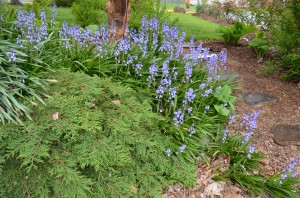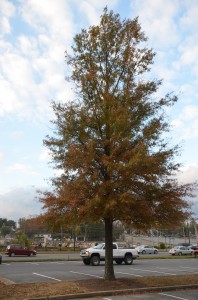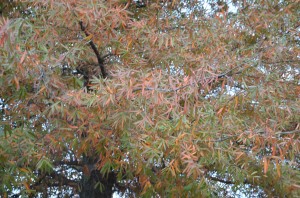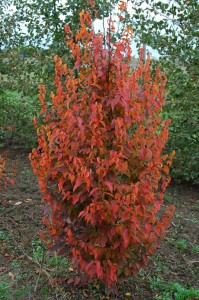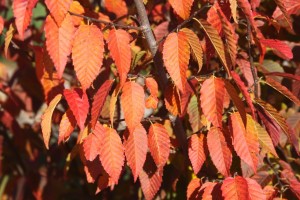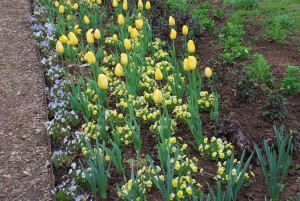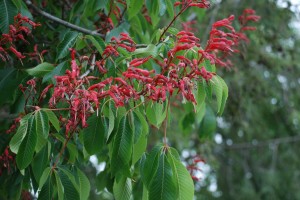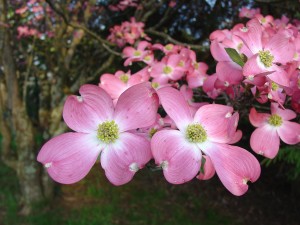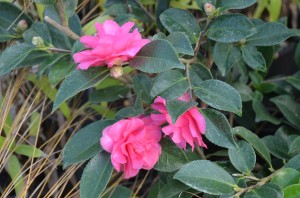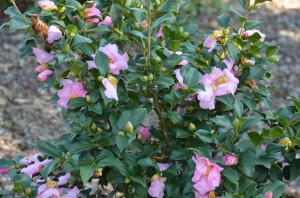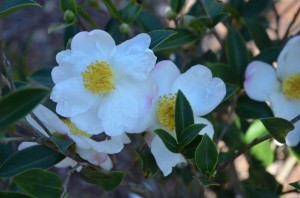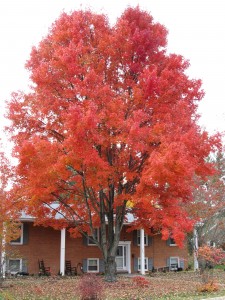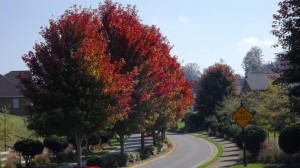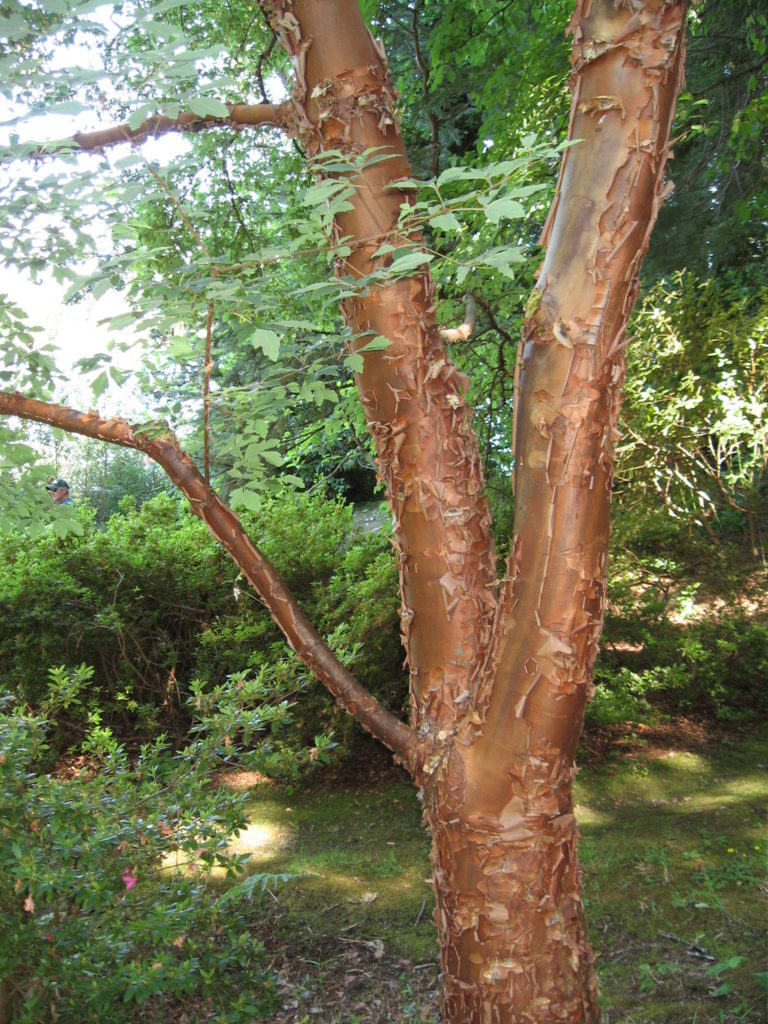Fall planting of many kinds of bulbs is a worthwhile long term investment of your time. Many bulbs (and corms) like daffodils and crocuses will naturalize where you plant them. They also bloom for long periods from late winter into spring. Bulbs bloom nice their first spring; flower heavier the second year; and multiply each succeeding year.
Two bulbs that are underplanted are Spanish bluebells (Hyacinthoides hispanica) and summer snowflakes (Leucojum aestivum). They naturalize and thrive in compost rich moist soil. In zone 6 and further north, sow them in full sun; plant them where they receive afternoon shade in the hot Southeastern U.S.
Spanish bluebells (USDA hardiness zones 4 through 10) bloom in the late spring in full sun or partial shade. Their dainty bluebell flowers are supported on sturdy stems and are excellent as cut flowers. The cultivar ‘Excelsior’ is a rich darker blue than other cultivars, and stand slightly higher to 12 inches.
According to Becky Heath, co-owner of Brent and Becky’s Bulbs in Gloucester, VA, the popularity of summer snowflakes (USDA zones 4-8) have increased over the past 20 years. ‘Gravetye Giant’ is one of her favorites; they are exceptionally vigorous and naturalize rapidly. Their white lily of the valley blooms are large and showy in April / May garden. Plants grow 2 feet or more in full sun or part shade. The fragrant nodding white bells are tipped with light green dots.

